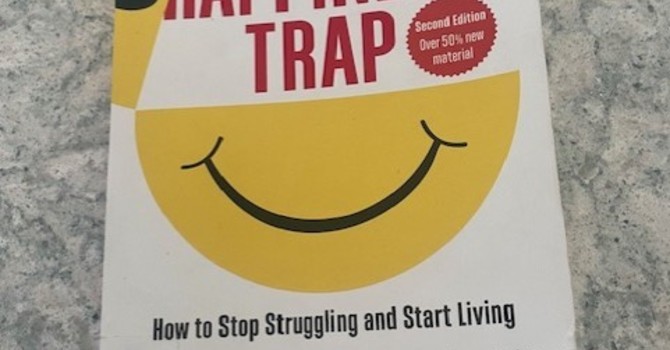
In this week’s book review, I delve into the seminal work of Salvador Minuchin, a pioneer in the field of family therapy. His groundbreaking therapy, Structural Family Therapy, has left an indelible mark on the therapeutic landscape. Despite being published in 1993, “Family Healing: Tales of Hope and Renewal from Family Therapy” remains a testament to the timelessness of Minuchin’s approach. The principles he introduced continue to be integral to family therapy practices.
Salvador Minuchin began focusing on family therapy after he observed that family dynamics serve as a powerful backdrop, influencing our thoughts, emotions, and behaviors. He felt that attempting to address personal issues without acknowledging this familial context would be akin to examining a single brushstroke while ignoring the entire canvas. He was one of several therapists during a time in the 1960’s, when family therapy was being established.
To provide some context, let me provide a brief summary of the important work that occurred in family therapy, by Salvador Minuchin and others, in the 1960’s. The 1960s marked a pivotal period in the development of family therapy, with several influential therapists shaping the field. These figures included:
- Virginia Satir: Known for her humanistic approach, Virginia Satir emphasized open communication, self-esteem, and personal growth within families. Her work laid the groundwork for later models like Emotionally Focused Therapy (EFT).
- Murray Bowen: A pioneer in family systems theory, Murray Bowen introduced the concept of differentiation—the process of becoming an individual separate from one’s family of origin. His work highlighted the impact of multigenerational patterns on family dynamics.
- Jay Haley: A strategic family therapist, Jay Haley focused on brief, solution-oriented interventions. He emphasized communication patterns, power dynamics, and strategic techniques to bring about change within families.
- Salvador Minuchin: Salvador Minuchin contributed significantly to structural family therapy. His approach emphasized restructuring family interactions and boundaries. Minuchin believed that changing family structure could lead to positive transformation.
These therapists collectively laid the foundation for various family therapy models, including Emotionally Focused Therapy (EFT) and Multisystemic Family Therapy. When seeking a family therapist, it’s highly probable that they have received training in one or more of these therapeutic approaches.
“Family Healing: Tales of Hope and Renewal from Family Therapy” by Salvador Minuchin and Michael P. Nicols provides a front row seat into therapy with one of these influential therapists, which I think is exciting and an opportunity to see him at work. Although the cases he discusses are 30 years old, the nature of families has not changed over time. There are still couples who struggle with conflict, and families who repeat the same daily patterns, and adolescents who feel disconnected from their family or a parent who is overinvolved in the lives of their children. Readers may be able to identify with the issues the families are struggling with or see how the interventions assist the couples/families.
There is one caution I have when you read the case studies in this book, which is that there are two cases that have a history of domestic violence. Minuchin does say he considered the risk, but he does not provide an in-depth description of the risk assessment he completed; perhaps because this book’s target audience is not therapist, but families. However, I want to clearly state that a therapist would never work with a couple where there is domestic violence without a solid risk assessment and a contract for safety. I just wanted to clarify this, as I think it is important information not mentioned in the case study. Safety must always be considered prior to engaging a couple or family in therapy. In some cases, the therapy may need to start with an individual, and may include the couple or family later.
If you’re part of a family—whether navigating conflicts, seeking connection, or striving for growth—this book offers a window into the therapeutic process. It sheds light on how families heal, evolve, and find hope even in challenging circumstances. Remember, within these pages, you’ll encounter struggles, resilience, and the quiet magic of healing. So, whether you’re a curious reader, a budding therapist, or a family seeking hope, “Family Healing” awaits—a treasure trove of wisdom and renewal.
Karrie Derbyshire
Contact Me



